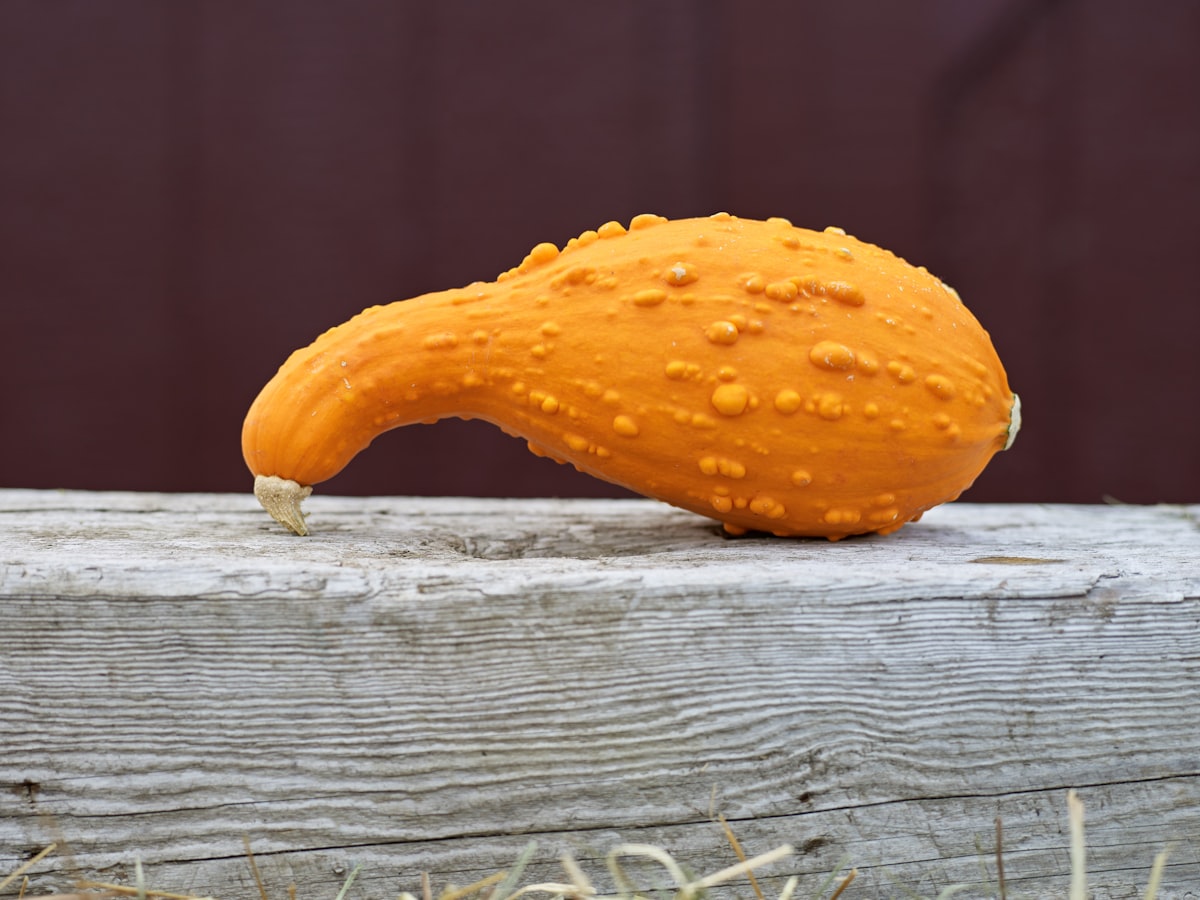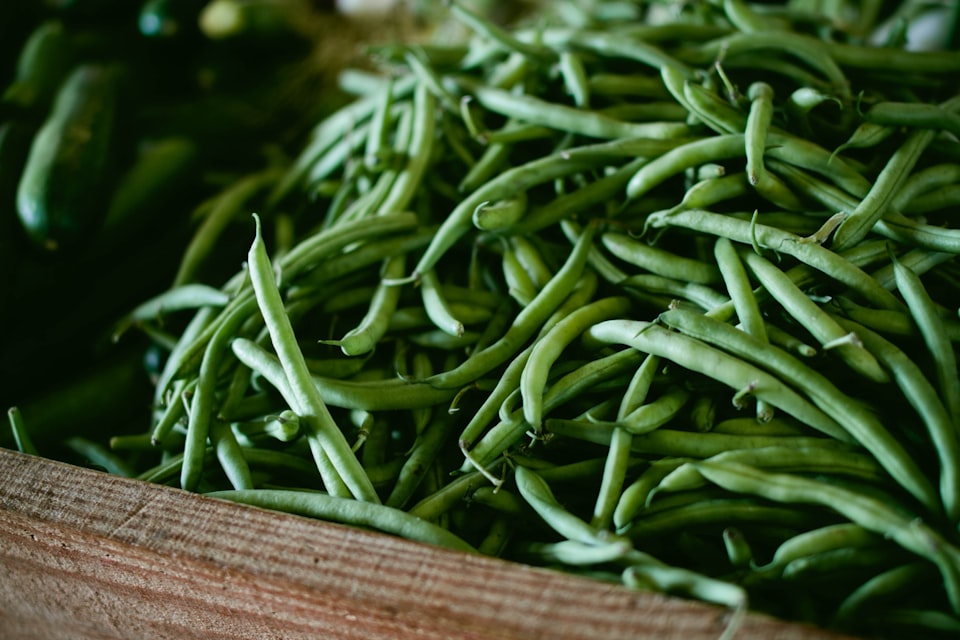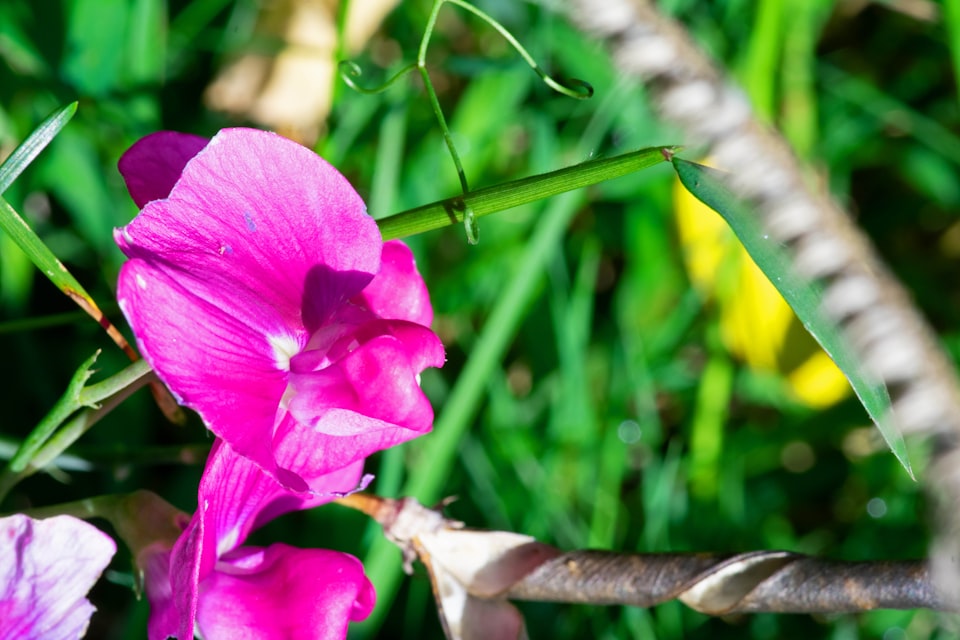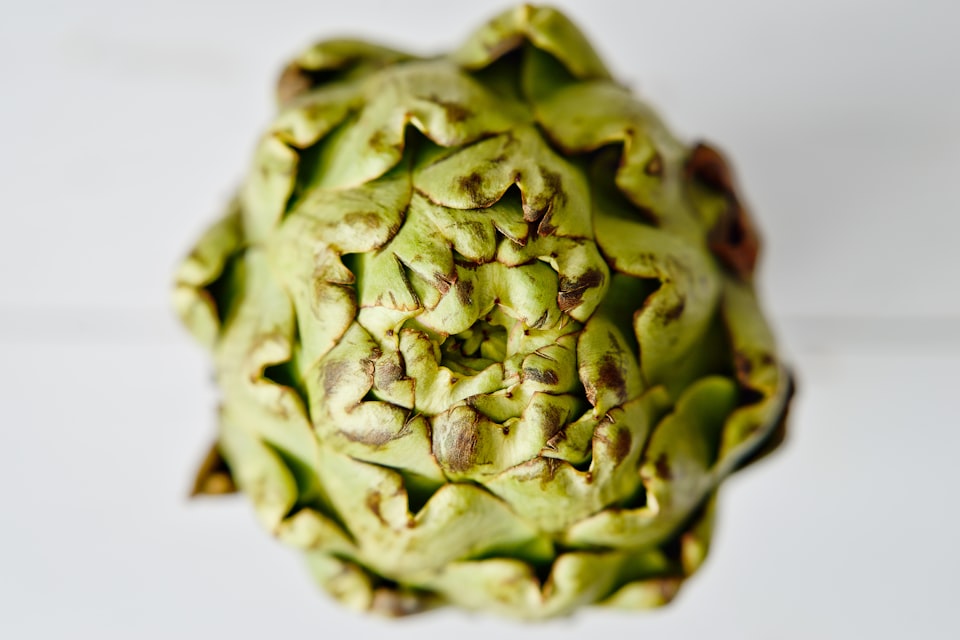III: Winter Squash
A tall tale and a true story about an indigenous squash.

Good morning. Today is tridi, the 13th of Vendémiaire, Year CCXXXI. Today we celebrate le potiron, a pumpkin that stands too tall for Halloween. (Don't worry, the spooky one's coming a bit later, as you'd expect.)
In 2008, archaeologists working on Menominee land in Wisconsin made a startling discovery. Inside a small clay pot the size of an ash tray, they found 850-year-old seeds. Remarkably, the seeds were found to still be viable, and students at Canadian Mennonite University in Winnipeg were successfully able to revive an ancient pumpkin species long thought to be extinct.
With a thinner rind and a sweet, almost melon-like taste, the remarkable squash grew up to 30 pounds and was scientifically dubbed cucurbita maxima, but given a more evocative name of Gete Okosomin, an Anishinaabe phrase meaning "cool old squash."
An incredible story! Literally. This tale, which has been repeated – complete with pictures of the clay pot holding pumpkin seeds – in various media outlets of high reputation around the world, is absolute hogwash.
Which is a shame, because the actual story of this unaltered and delicious winter squash is even more impressive, and the difference between the two stories says a lot about how North Americans prefer to regard the indigenous people of the continent.



